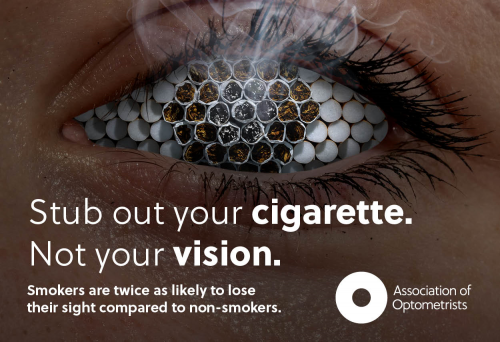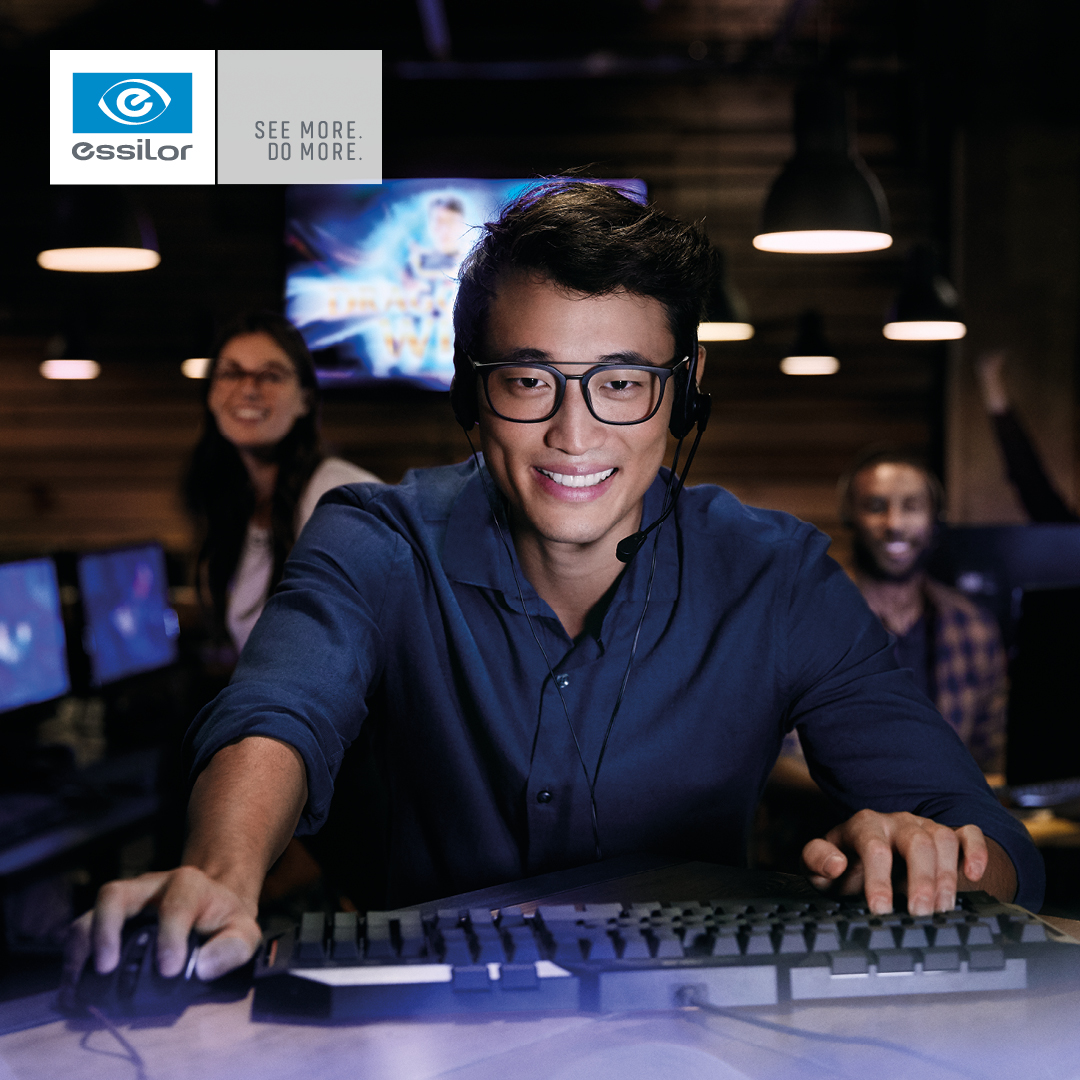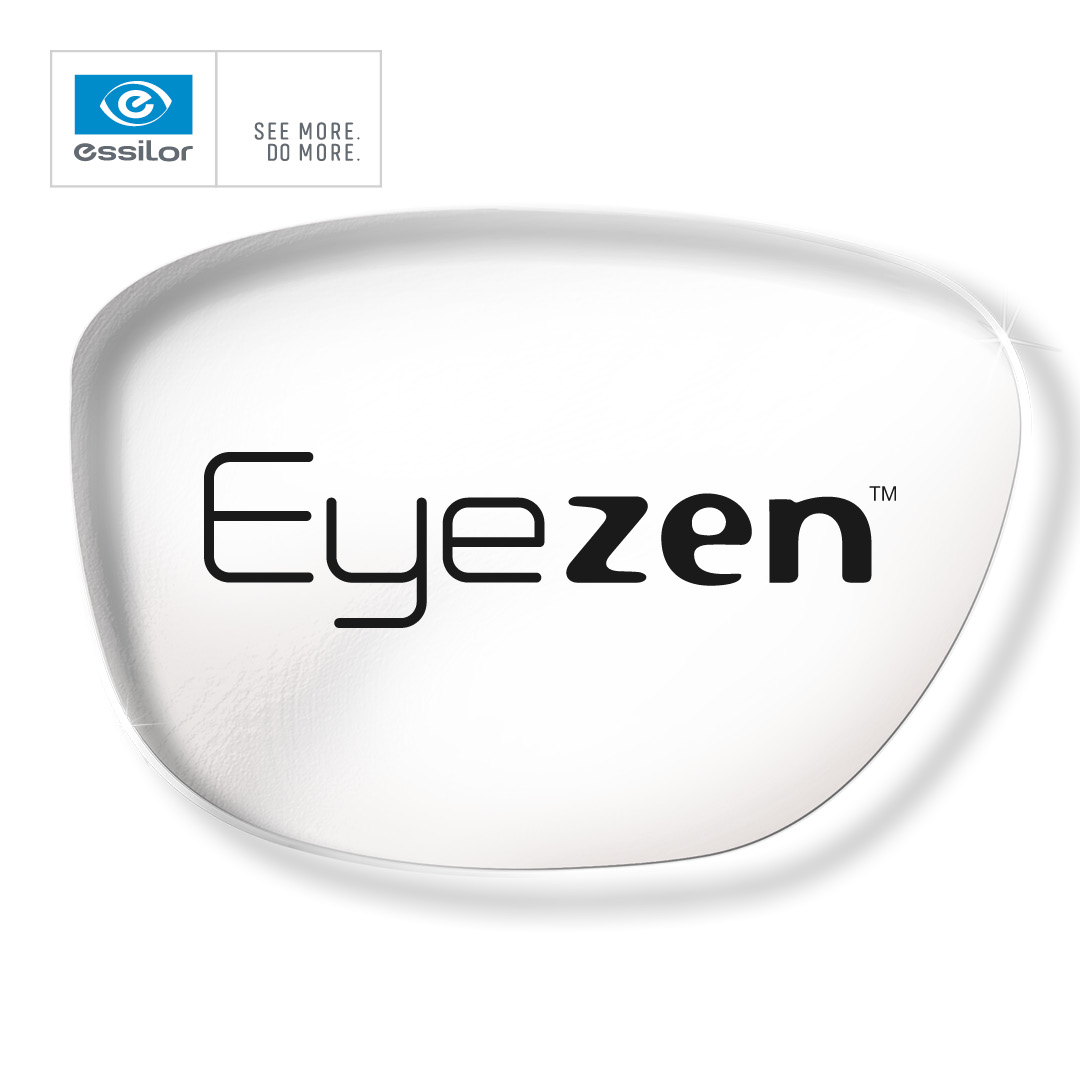Non NHS Services
Non NHS Services
Pupil Dilation
The use of eye drops to enlarge the pupil permits a much better view inside the eye. Ideally, we would recommend this procedure in all eye examinations but as it causes mild blurring of vision and light sensitivity for 1-2 hours, it can be a little inconvenient.
We will normally advise pupil dilation when viewing inside the eye is difficult, for example if the pupil is unusually small, or if there are cataracts, but also if we suspect there is something wrong inside the eye.
If you would like this as part of your routine eye examination, tell the optometrist, and remember the blurring might prevent you from driving for a couple of hours afterwards, and bring sunglasses!
Optical Coherence Tomography
As part of our commitment to investing in the latest optometric technology, we acquired a market-leading Optical Coherence Tomographer in 2013. These instruments are capable of imaging the internal structures of the eye in phenomenal detail, aiding diagnosis and providing us with precise measurements.
They have a key role, for example, in;
- Diagnosis of ‘wet’ age-related macula degeneration
- Early detection of chronic glaucoma (potentially several years ahead of other techniques)
- Refinement of intra-ocular pressure measurements
- Identification of some complications of cataract surgery
- Early detection of potentially sight-threatening aspects of diabetic eye disease
- Objective assessment of patients at risk of acute (closed angle) glaucoma
Glaucoma Work Up
For those patients at risk of glaucoma we can offer a tailor made screening service that exceeds the level of many hospital eye departments’ nurse-led clinics.
This will include as a minimum;
- Detailed history and symptoms, including family history, previous eye treatments, general health and medications.
- Visual acuity
- Assessment of pupil reflexes
- Visual field assessment
- Slit-lamp examination of the anterior segment (front of the eye) including gonioscopy Measurement of intra-ocular pressure (IOP) using a Goldmann tonometer
- Dilation of the pupils to permit detailed examination of the optic nerve using slit-lamp biomicroscopy and retinal photography to record the results.
- Optical Coherence Tomography; this essentially functions like a CT scan and can image in minute detail various structures within the eye. We will use it to record the anterior segment detail, assess the optic nerve and the retinal nerve fibre layer.
We will then discuss with you options for continued monitoring or referral to ophthalmology.
Anterior Segment Imaging
Our slit-lamp microscopes, used routinely in eye examinations, are equipped with high resolution digital cameras to record what we see. This can aid education, for example demonstrating contact lens problems to patients, provide monitoring in progressive eye problems, or in patients with an uncertain diagnosis this can allow us to upload images to a consultant for advice which potentially can save an unnecessary hospital appointment.
Retinal Photography
In 2002 we acquired an advanced digital retinal imaging system. This retinal capture system has been subsequently upgraded and allows us to take extremely high definition images of the inside of the eye.
The value of this equipment is two-fold. First, it allows a large area of the retina to be visualised at once, reducing the chance that small but important detail is over-looked. Second, serial images can be used for accurate comparison, so that progression of some eye problems can be monitored closely.
This procedure is an option more and more patients choose as a means of enhancing their eye examination. It is not available through the NHS and therefore a small charge is levied. A number of our patients can testify to its value, where it has been involved in detection of their eye problem, and of course it can also be of some value in reassuring patients that their eye condition is stable.









